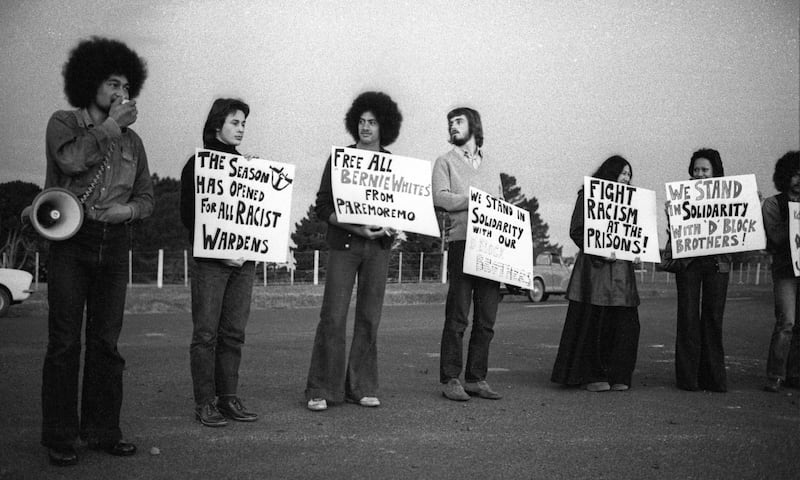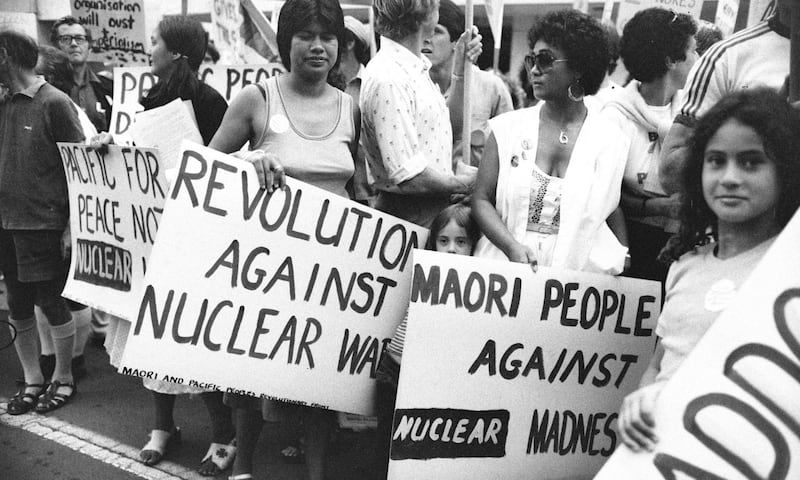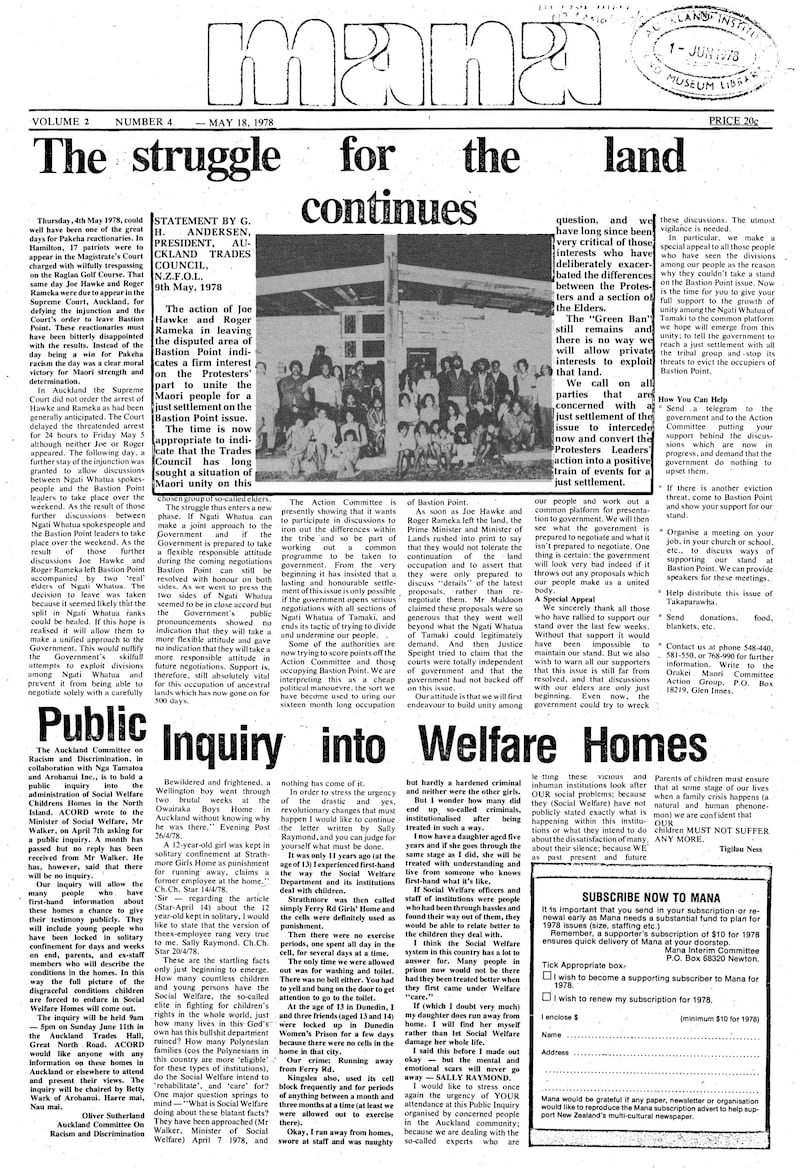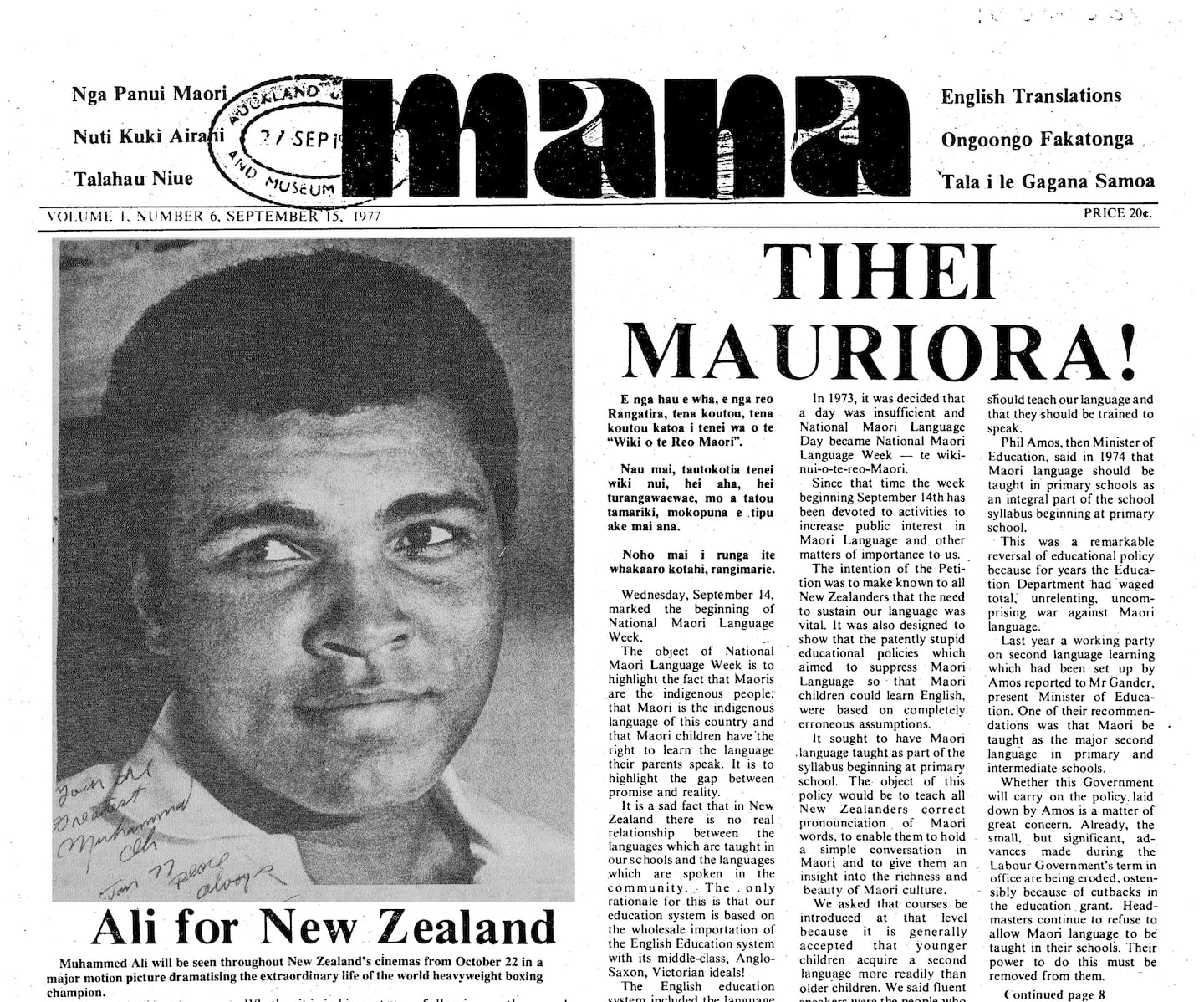A new exhibition at Auckland Museum will celebrate Aotearoa’s first multilingual publication Mana, which was a beacon of cultural pride during a time of upheaval.
The exhibition - Mana: Protest in Print - looks back at Mana’s impactful but brief existence from 1977 to 1978, when it became a significant voice for civil rights and social justice.
“Mana was more than just a newspaper,” says Wanda Ieremia-Allan, Associate Curator Documentary Heritage (Pacific Collections) at Auckland Museum.

“It was a beacon of resistance, advocacy, and cultural pride for Māori and Pacific Islanders.”
The publication was created by and for Māori and Pacific communities.
Ōtara-Papatoetoe Local Board chair Apulu Reece Autagavaia says the exhibition will allow Māori and Pacific communities to reconnect with their history, particularly significant events like the Dawn Raids of the 1970s.
“This is one point in our history, and they have a whole lot of other Pacific collection [items].
“It’s good that they are holding these on as a snapshot of one point in time, but we need to make sure our communities can enjoy it as well in future generations,” he says.

Apulu emphasised the local board’s efforts to provide the community with access to these cultural treasures.
Elders from Ōtara and Papatoetoe will be bused to the museum to explore its Pacific collection, which includes rare artefacts often kept out of public view.
“There are a whole bunch of artefacts and taonga and measina (treasures) that the museum holds, and they’re often locked away — they’re not out on public display.
“This includes the ie sina, which is hardly ever used by Samoans or made anymore.
“Hopefully, our elderly will be able to go and see those sorts of things that are kept in safekeeping by the museum.”

The exhibition opens on December 14 and runs until mid-2026.
It includes original copies of the newspaper, photographs, and personal stories from its contributors.
Mana was published in several languages, including English, Māori, Sāmoan, Tongan, Niuean, Cook Islands Māori, and Fijian.

The paper helped bring visibility to the issues and struggles of Māori and Pacific communities during a time of major social and political change.
The exhibition is free with museum entry and offers a chance for visitors to learn about the lasting impact of Mana and its role in New Zealand’s history.
Local Democracy Reporting is local body journalism funded by RNZ and NZ On Air


